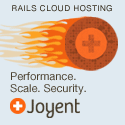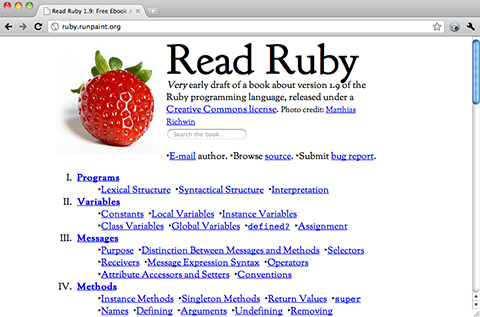 Back in August, Microsoft seemed to get tired of IronRuby so its project leader Jimmy Schementi jumped ship while asking the Ruby community to step up and get involved in its future. Today, Microsoft has announced new leadership for IronRuby (and IronPython) and has effectively jettisoned it into the community as a true fully open source project.
Back in August, Microsoft seemed to get tired of IronRuby so its project leader Jimmy Schementi jumped ship while asking the Ruby community to step up and get involved in its future. Today, Microsoft has announced new leadership for IronRuby (and IronPython) and has effectively jettisoned it into the community as a true fully open source project.
So who’s in charge of IronRuby now? Jimmy Schementi, naturally, and Miguel de Icaza, the founder of the Mono and Gnome projects and generally all round super famous open source dude.

Schementi has written about what the leadership changes and Microsoft’s announcements mean in the greater scheme of IronRuby’s development. Read More

 At its “Back To Mac” presentation yesterday, Apple unveiled the
At its “Back To Mac” presentation yesterday, Apple unveiled the 



 9 months in the making
9 months in the making  Just a month ago, David Heinemeier Hansson
Just a month ago, David Heinemeier Hansson 


